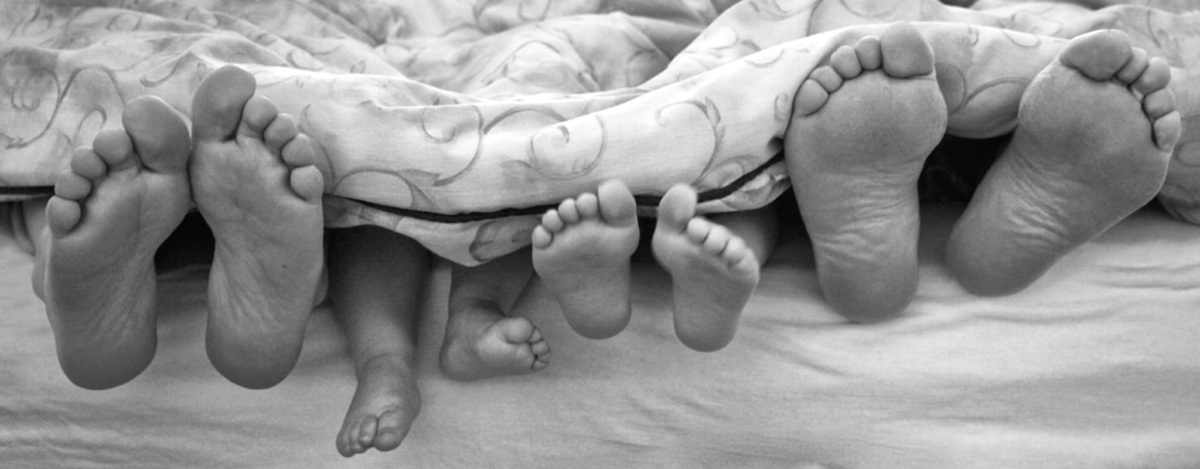Give Yourself a Foot Exam to Prevent Diabetes-related Complications
2016-10-17
Stay on top of any diabetes-related foot complications that may arise by giving your feet some extra love. Self-exams are easy, quick and effective! Perform these exams daily if you have lost sensation and/or have a history of foot wounds, or as a weekly routine. If you have limited flexibility, ask a friend or caretaker to assist you.
Here’s how:
- Get into a position to check out your feet – After cleaning off your feet, sit on a comfortable surface with your legs comfortably in front of you. Lift one foot over your opposite leg so that you have a good view of your foot. The supporting leg should be relaxed in front of your body. If you have difficulty looking at the bottom of your foot, you can invest in a handheld mirror or a foot mirror to have a better view.
- Dry your foot – Dry off with a bath towel or soft cloth. Gently dry between your toes.
- Check the bottom of your foot – The next step is to examine the bottom of your foot. Use your hands to rotate your ankle so the sole of your foot is visible and angled upward. To avoid overextending your ankle, use a handheld mirror to view its reflection.
- Scan the following sections of your foot – -Balls of feet: Look for any bumps and irregular textures. The balls of your feet endure high pressure when you walk, which could lead you to develop calluses or corns. Reduce your risk by investing in proper-fitting footwear. -Soles of feet: Feel for any bumps or lumps. These could be signs of muscle or bone injuries. Contact your medical health provider if symptoms continue or you notice open wounds called ulcers.-Heels: Feel for dry, rough, or cracked skin. Even the smallest of cracks can become infected! To prevent any complications, moisturize daily with lotion. Avoid moisturizing between toes to keep bacteria out.
- Feel your feet – Give each foot a good rub down. Check the bottom and top for any bumps or temperature changes from one part of the foot to another.
- Invest in a foot thermometer! You can measure temperatures on the foot’s surface with a handheld device. A thermometer can catch high or low readings, which may indicate poor circulation or infection-issues.
- Look carefully at your feet – Use your eyes to determine any unusual changes on the top of your feet. Look for any scabs, sores, bruises, or corns. Make sure your toes and toenails are the proper nail color and length. Search for signs of decreased blood flow, such as abnormal hairlessness, temperature variation and thin or shiny skin. Keeping your blood glucose in your optimal range and physical activity can help boost blow flow!
- Don’t forget your toes – Spread your toes apart and look in between them. To test your toes for blood flow, gently squeeze the balls of your toes. Normal color should return within five seconds. Discoloration could indicate possible circulatory problems. Examine your toenails for thickness, discoloration, or flaking. These can be signs of fungal infection. Your medical care provider may suggest an over-the-counter or prescription treatment. Lastly, look around your toenails for ingrown toenails. Ingrown toenails are reddened, puffy skin along the nail. If ignored, your ingrown nail could require surgery.
- Track each exam over time – Be your own doctor and take notes. Keep track of sores, unusual temperatures, and cuts and make sure that these ailments do not worsen. Note how your feet look, feel and smell and be aware of anything that looks unusual. If you notice any new or ongoing issues, contact your medical health provider.
- Keep your feet safe outdoors – Sun, sandals and increased activity can stress your feet. Consider these tips when preparing to go outside:-Cover up! Always wear shoes outdoors. You never know what sharp objects lurk in grass, driveways and other surfaces. Be careful from burning your feet on hot asphalt or sand. -Flip-flops and sandals are the perfect shoe for warmer weather, but not for your feet. Friction can cause blisters and the open designs can leave your feet unprotected. -Don’t forget the sunscreen on your feet when you are applying! Serious burns can become infected. -The water feels great on bare feet, but pool lining and sandy beaches can have hidden sharp surfaces and objects. Protect your feet and wear water shoes where in and near water. -Check out your feet after a day outdoors. Splinters, bug bites and poison ivy can cause skin breaks that will become infected without treatment. Clean and treat any cuts and scrapes as soon as possible!
- Use toenail clippers for thick nails – Invest in clippers that are easy to control with one hand, such as pliers-style clippers. These clippers are less likely to cut skin or cause ingrown nails. Check out drugstores to find an inexpensive option. If you are unable to properly clip your nails or have a history of ulcers, seek professional nail care. A pedicure is a great way to relax and have your feet pampered!





